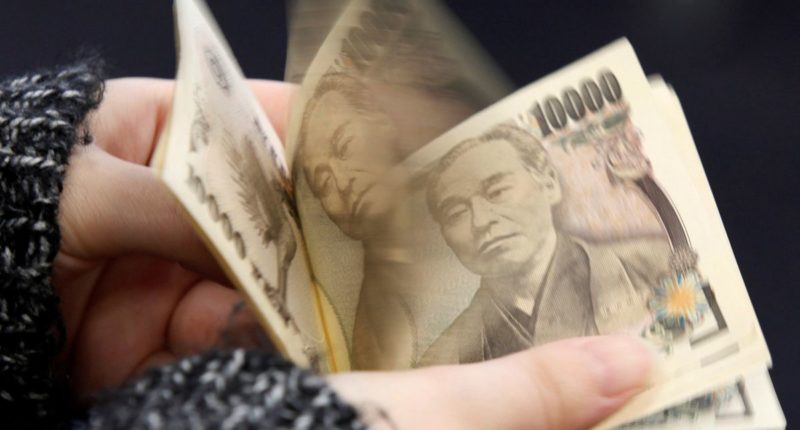On June 13, the exchange rate of the yen against the U.S. dollar once fell below the 135 yen to one dollar mark, hitting a new low in about 24 years. The Japanese stock market also suffered a large decline, with the Nikkei 225 index closing 3.01%.
Since the Russian-Ukrainian conflict broke out this year, the yen has become one of the world‘s most depreciated currencies. The depreciation of the yen against the dollar was also significantly higher than the rise in the dollar index over the same period.
The Bank of Japan’s insistence on an ultra-loose monetary policy is the core reason for the yen’s continuous decline.
Monetary policies in major developed countries have been tightened, and actual and expected interest rate differentials between Japan and other major economies have continued to widen. Especially after the Fed started raising interest rates in March and released a signal of accelerated tightening, the yield of US bonds rose rapidly, and the depreciation of the yen intensified.
Japan and Europe are two typical economies that implement negative interest rates. The European Central Bank has decided to start raising interest rates in July this year, and it is expected that negative interest rates may be withdrawn by the third quarter of this year.
However, the Bank of Japan’s monetary policy has yet to see signs of tightening.










Comments are closed.